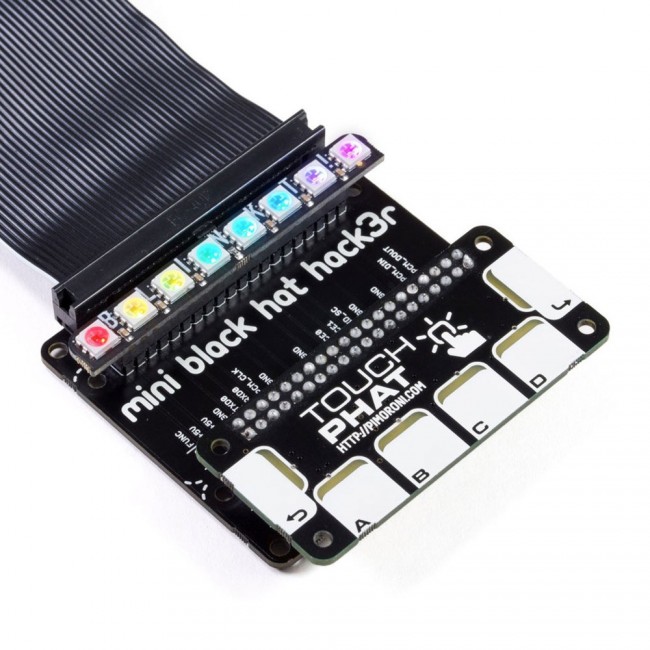No, but NeoPixels will be a lot better than using discreet GPIO pins to control LED.
NeoPixels would also be better because Node-Red has a NeoPixel node to control them.
There used to be a little “Hat” that was a short strip of NeoPixels that plugged onto the Rpi’s GPIO pins and give you access to control the LEDs.
Q1:
I came here (Core’s site) to look for what is available.
I saw the first strip and wanted to check. Is there something wrong with asking in a forum?
Q2: Ok, they are capacitive and need a different driver.
So long as they are buttons - at this level - that is good. Well, so long as they only need less than “button number” GPIO pins.
SPI, I2C, or direct. Doesn’t matter.
Of course then there is the question you raised with the inclusion of the word different.
Different to what?
Won’t the board come with the required drivers?
Q3:
Good, they are NeoPixel and that will give me 64 things I can indicate - or not.
But a NeoPixel set of 64 LEDs will only need 1 GPIO pin. Not 64.
I’m not wanting to dismiss your help. But we seem to not be on the same page.
Yes it is my project. Before I get to the stage of building it, I need to know it is viable.
If I can’t get the parts to prototype it - let alone the parts to FINALLY build it - it isn’t worth me doing it.
So While I was looking at the buttons they showed a nice picture of the board which looks like a doubler for the GPIO pins.
I merely asked where it is/was.
I has opened the RasPi accessories list and was looking through it and either missed it or didn’t find it.
Again: Why is it wrong to ask for help in the forum?
If I can get the parts I need I can then get around to building it. Probably using those parts anyway as my money tree is DEAD!
I don’t see how buying two sets of things for one project is a good thing.
So all I have taken from this is that the 64 LEDs are NeoPixels - I just wanted to check - and that the board which is shown with the buttons is somewhere but not really listed here.
And that every day I am told I am stupid at least three times. Today is off to a good start. I’m already one up on the count.

